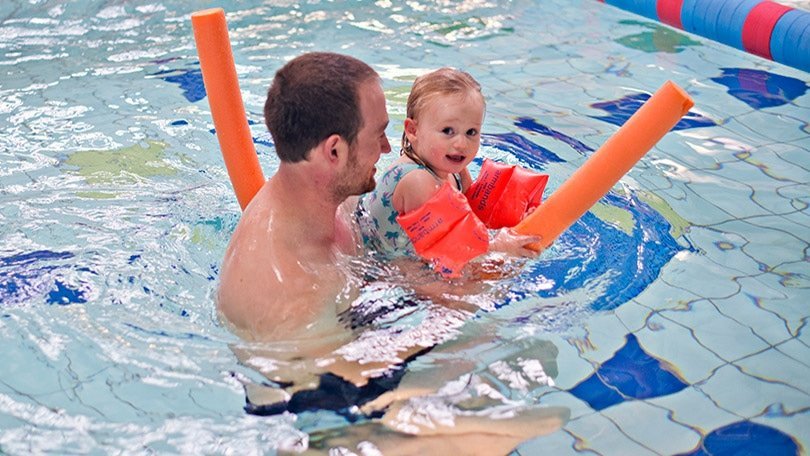
Learning to swim is necessary to avoid drowning and exercise the body. Swimming is one of the best sports for children. Not only does it represent a very useful training that reduces the risk of drowning, but it also helps to expand lung capacity, promotes oxygenation, and stimulates children’s psychomotor development.
In addition, it improves coordination of movements, strengthens muscles, and promotes your ability to move. And, if that were not enough, it is an excellent exercise to relax children, while helping them fall asleep better and get more rest. If you need a helper and looking for an expert then visit SwimJim, Inc.
However, parents often wait until their children are older to introduce them to swimming. However, the truth is that the younger they are, the faster they will learn to swim. This is because they still retain the swimming and apnea reflex, an involuntary response from when they were in the amniotic fluid inside their mother’s uterus, which will allow them to function more easily in the water.
Another great advantage of teaching them while they are little is that they will have less resistance to learning to swim since fears have not yet been established. Therefore, the sooner you start classes, the better.
Steps To Teach A Child To Swim
1. Make him feel safe
Some children feel like a fish in water, while others are terrified because they do not feel comfortable in this environment. In these cases you must get the child to lose his fear of water, otherwise it will be very difficult for him to learn to swim.
A good strategy to achieve this is to enter the water with him since this way he will feel more confident and secure and will lose his fear little by little. In any case, never force him to be in the water if he puts up a lot of resistance as it could be counterproductive.
2. Always start in a place where you hit rock bottom
Many parents think that the best way to teach a child to swim is to take him to a place where he will not touch the bottom and throw him there so that, by instinct, he learns to stay afloat. However, this is a terrible strategy since it can become a negative precedent and trigger fear or a phobia in the child.
To teach a child to swim, the key is to start classes in a place where they can touch the bottom. This way, the little one will have the certainty that if something goes wrong he will be safe and that will give him an extra dose of confidence.
3. Show him some exercises to control breathing
A fundamental skill in swimming is how to control your breathing underwater. Therefore, this is one of the first exercises that you should teach your little one.
You can start with the bubble game: ask him to breathe in air through his nose, hold his breath, and immerse himself, preferably in the bathtub, and then expel the air through his mouth while blowing bubbles. To help him lose his fear, you can show him how to do it and then ask him to do it together.
4. Teach him how to do the kicks
This is another key exercise for learning to swim, although sometimes it can be a bit complex because it requires a good dose of coordination. However, with a little practice, the child will eventually learn it.
At first, you can hold him by his abdomen so that he stays afloat while he exercises the technique, although he can also practice holding on to the edge of the pool or aboard. Once he feels confident, encourage him to move his legs up and down, without bending his knees.
5. Encourage him to use his arms
In swimming, the arms not only help to stay afloat but also propel the swimmer and allow him to move faster. Therefore, you must teach your child to use his arms while he is in the water.
To begin, you can explain the stroke technique: ask him to raise his arm, pass it over his head, and introduce it into the water at an approximate angle of 45º and then take it back under the water. You can show him how to do it and ask him to practice the technique while standing in the water.
6. Make him coordinate his arm and leg movements
Once the little one already knows the technique of kicks and strokes, the time has come for him to learn to coordinate them. At first, it can be difficult since normally the legs tend to go on one side and the arms on the other, but with a little practice the child will end up getting it.
To help him, you can hold him by his abdomen while he practices both exercises, but after several attempts, you will have to let him go so he can learn to do it on his own.
7. Motivate him to train
Practice makes perfect, so once the child already has the theory, it is time to let him practice alone. At the beginning, he should train in a place where he hits rock bottom since in addition to giving him more security, in case he makes a mistake, it will not have major consequences.
However, later, when he has at least learned to stay afloat, you can allow him to swim in deeper spaces or with other children. However, under no circumstances should you let him out of your sight until he has learned to swim well.
